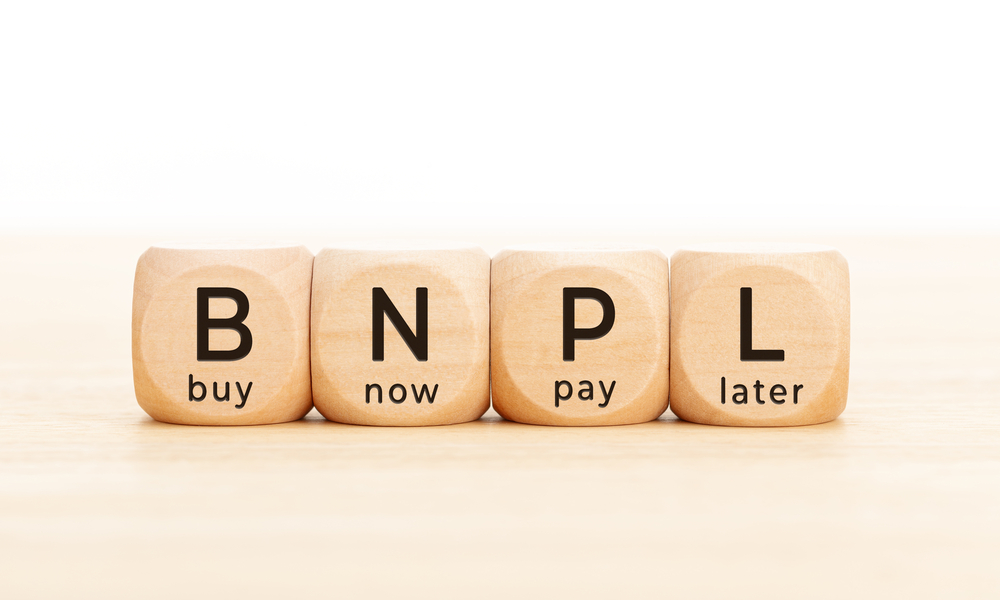Category: PAYMENTS
-
Use PayPal, Get Fined $2500 — New Policy Is Insane
PayPal is one of the most popular payment processors out there. It’s a great way to accept payments and get money into your bank account, but now that the company has changed its user agreement, it’s no longer safe to use PayPal. If you’re paying with PayPal and haven’t read this new policy update yet,…
Written by

-
Payment Gateway vs Payment Processor Explained
If you’re a small business owner, chances are you’ve heard about payment processors and payment gateways. They sound similar and they both allow your customers to pay for products or services online. But what’s the difference between them? And which one do you need? We answer all your payment questions below. What is a payment…
Written by

-
Buy Now, Pay Later: The Hype Is Worth It
As a merchant, it’s really important to make the checkout experience as simple and effective as possible for your customers. Buy Now Pay Later is an idea that has existed for decades but only recently have trends have aligned to see its success. It’s the future medium of exchange for all goods and services. If…
Written by

-
8 Ways to Recession-Proof Your Business
The economy is undoubtedly heading towards the next recession, and worse that the great recession of 2008. With the ever-changing nature of how we do business, there is no doubt that with the volatility of the current economy (due in no small part to the coronavirus pandemic), we will have to deal with something similar…
Written by

-
Stripe Shut Down My Account — How to Accept Credit Cards FAST
You’ve just been cut off from credit card processing by Stripe.com, and you’re in panic mode. There’s no time to waste—you need to get your gateway back up ASAP. Here’s the only guide you need to start processing credit card payments again after Stripe shuts down your account. Follow along below, watching this episode on…
Written by
